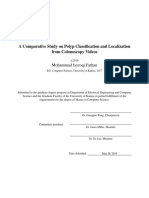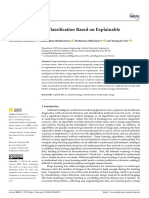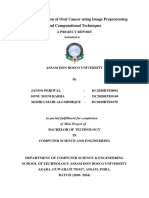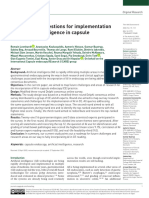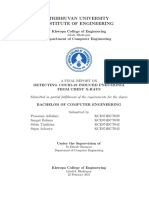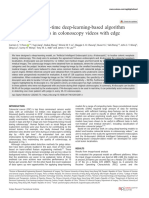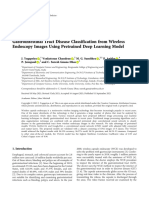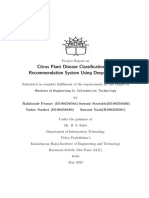0% found this document useful (0 votes)
22 views21 pagesProject Report Final
The B.Tech project report focuses on the classification of endoscopy images using Convolutional Neural Networks (CNN) and the implementation of a web application for automated diagnosis. The project aims to enhance the accuracy and efficiency of diagnosing gastrointestinal diseases by processing large datasets generated from capsule endoscopy. The results achieved a top-1 accuracy of 92% and an F1 score of 92%, demonstrating the potential of AI in improving medical diagnostics.
Uploaded by
get2priyanshuCopyright
© © All Rights Reserved
We take content rights seriously. If you suspect this is your content, claim it here.
Available Formats
Download as PDF, TXT or read online on Scribd
0% found this document useful (0 votes)
22 views21 pagesProject Report Final
The B.Tech project report focuses on the classification of endoscopy images using Convolutional Neural Networks (CNN) and the implementation of a web application for automated diagnosis. The project aims to enhance the accuracy and efficiency of diagnosing gastrointestinal diseases by processing large datasets generated from capsule endoscopy. The results achieved a top-1 accuracy of 92% and an F1 score of 92%, demonstrating the potential of AI in improving medical diagnostics.
Uploaded by
get2priyanshuCopyright
© © All Rights Reserved
We take content rights seriously. If you suspect this is your content, claim it here.
Available Formats
Download as PDF, TXT or read online on Scribd
/ 21









